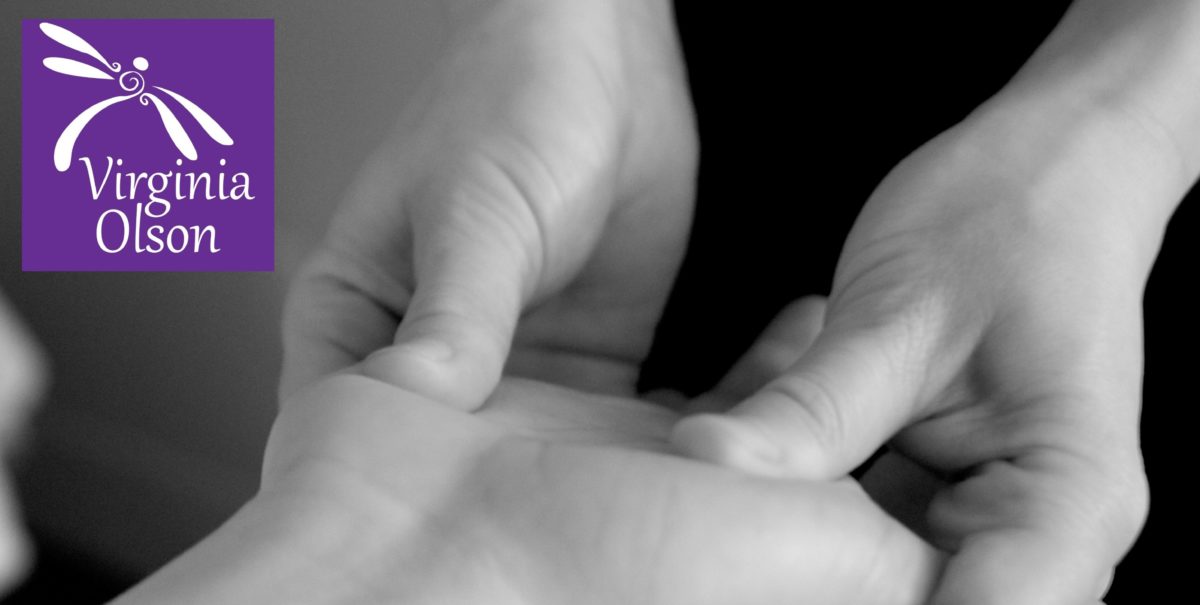William Broad’s article from the January 5, 2012, New York Times Magazine, entitled “How Yoga Can Wreck Your Body” has been met with a variety of responses from the yoga community. What I’ve personally heard is many people criticizing Broad, or more specifically, Glenn Black, the yoga teacher interviewed in the article, for badmouthing yoga.
The problem is not with yoga itself but with the limited understanding and application of this program of study, particularly here in the West. There is a common misconception that yoga is “good for what ails you” and that almost anyone can improve his/her physical health by taking a yoga class at the local gym, 60-90 minutes of sweating through a variety of intense physical postures. But yoga itself is not really a physical exercise program at all.
Yoga is a philosophy or way of living often called the “8 fold path” because of its eight aspects, of which only one involves physical postures, or asana. The vast majority of yoga taught in this country is hyper-focused on this one aspect of what yoga truly is, with a few oms thrown in. Yoga includes other essential elements, such as self-awareness, self-discipline, concentration, breathwork, and meditation. Without these, yoga becomes just another form of physical exercise. In fact, the asana are not the focus of the practice at all, merely a preliminary technique for preparing the body for meditation.
Another cause of the confusion about yoga is that any generic discussion of the practice of yoga often doesn’t take into account that there are dozens of different styles of yoga, many of which bear little resemblance to each other while still sharing the same underlying philosophical basis. In other words, telling someone you “do yoga” is almost meaningless without any explanation of the specifics of what is involved.
At one point in the article, Black tells people who have had major trauma, “Don’t do yoga.” I would say, “If you’re going to practice yoga, you must practice it differently. With a different mindset and a different goal.” Again, the problem is not doing yoga, it’s the HOW and WHY of doing yoga. Change your focus and motivation in the practice, and you will experience the practice differently. This speaks to the point that Black makes regarding the presence of “ego” in yoga. Unfortunately, there is a prevailing attitude and mindset that a “better” or more advanced practice involves more physically challenging postures, when in fact this is not the case.
I’ve been practicing yoga since 2003, and teaching since 2006. During that time, I’ve attended a variety of workshops around the country taught by well-known instructors and had the opportunity to observe hundreds of students during the practice as well. Sadly, I do know where Black is coming from. I have witnessed a number of unsafe practices in classes and workshops, students encouraged to push themselves beyond was they could safely do. I’ve also been encouraged to attempt postures I was uncomfortable with because I knew I didn’t have the particular physical strength or key flexibilities to do them correctly. Sadly, I’ve also been criticized by other practitioners and teachers for choosing not to practice (and not to teach) certain physically risky postures that are common to various asana sequences in popular yoga.
Yoga really is good medicine. But like any other therapeutic treatment, it must be applied skillfully and under the guidance of a professional. You wouldn’t just walk into a pharmacy, take a bottle of pills off the shelf, and assume they must be the right ones to lower your blood pressure. Take the wrong medication, in the wrong dosage, and it likely will cause harm. At the very least, it will not produce the desired results. Yoga is no different. Practicing yoga with a “weekend warrior” mentality after working 80 hours during the week and living off fast food is a risky proposition.
Like any other exercise program, yoga has its risks. If you have knee problems, you wouldn’t start a intense physical training program without first checking with your doctor and the instructor to discuss how the program of study might impact your physical condition. Likewise, you must take the same approach with yoga, if you choose to practice it as a physical form of exercise, as the majority of people in this country do.
